Wavelength DefinitionIntroductionIn physics, the wavelength is one of the most significant variables used to define the characteristics of waves. Understanding wavelength is crucial to comprehending how waves behave and interact with their surroundings, so in this article, we will discuss the wavelength in detail. What is Wavelength?The distance between two successive wave points in phase(in the same phase of their fluctuation cycle) with one another is known as the wavelength in physics. The Greek character lambda (λ), which stands for wavelength, is used most frequently. 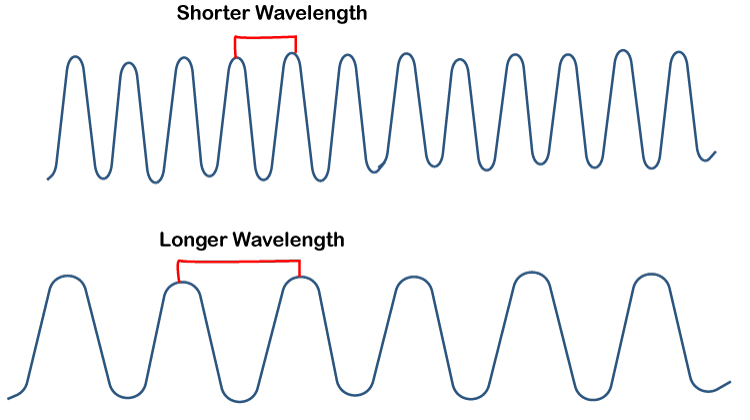
Let's look at a short wave, like a sine wave, to grasp this definition better. The amplitude (the wave's height) and wavelength are the two characteristics that define a sine wave, which is a smooth, repeated oscillation (the distance between two consecutive peaks or troughs). The distance between any two successive peaks or troughs of a sine wave can be used to calculate its wavelength. The wavelength is: λ = 2d if we designate this distance "d." This indicates that a twice-as-long wavelength separates two straight peaks or troughs. In other words, the wave takes time to complete one oscillation cycle. Sine waves are just one example of the wavelength concept. It can analyze any wave, even complicated waves with various frequencies and amplitudes. Wave CharacteristicsLet's first grasp some fundamental aspects of waves before delving further into wavelength. 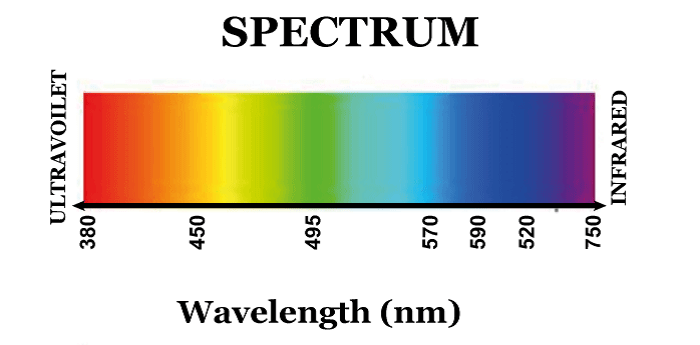
An interference that moves through a substance or space is called a wave. Many characteristics define waves, such as: Amplitude A wave's amplitude is the largest departure from its equilibrium location, and it gauges the energy or strength of the wave. Frequency How many full vibration cycles occur in a second determines a wave's frequency, quantified in Hertz (Hz). Period A wave's period is the time it takes for an oscillation to finish one full cycle, and it is defined in seconds and is the antithesis of frequency. Speed The distance a wave travels in one measure of time is its speed, and the characteristics of the medium it travels through define it. Wavelength and FrequencyThe connection between wavelength and frequency is one of the most crucial connections in wave physics. The wave equation, v = fλ, describes this connection. Where the wavelength is lamda,the frequency is f and the wave speed is v. This equation shows a wave's frequency and wavelength are negatively related. In other words, a wave's wavelength diminishes as its frequency rises and vice versa. The easiest way to comprehend this relationship is to use an example. Take electromagnetic radiation, which encompasses X-rays, radio waves, and other types of radiation. The speed of light, the steady velocity of electromagnetic radiation in space, is 299,792,458 meters per second, and this speed is denoted by the letter "c". Wavelengths and rates of electromagnetic radiation vary depending on the type. For instance, X-ray wavelengths are on the order of nanometres, whereas radio waves have wavelengths that vary from a few meters to several kilometers. The electromagnetic spectrum explains the connection between range and frequency. All types of electromagnetic radiation fall within the electromagnetic spectrum, which is a variety of wavelengths and frequencies. It includes everything from short-wavelength, high-frequency gamma radiation to long-wavelength, low-frequency radio waves. 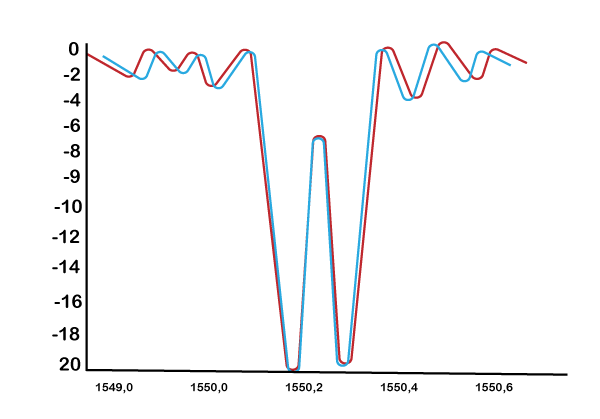
The electromagnetic spectrum is divided into distinct regions depending on the characteristics of the various types of radiation. For instance, X-rays are used for medical imaging and radiation therapy, whereas radio waves are used primarily for communication. The relationship between a wave's wavelength and frequency in the electromagnetic range is inverse, implying that its frequency decreases as its wavelength rises and vice versa. The spectrum's short-wavelength end is where the greatest frequency waves are found, and its long-wavelength end is where the lowest frequency waves are found. Applications of WavelengthApplications for wavelength in science and technology include spectroscopy, transmission technology, imaging in the medical field, and astronomy. 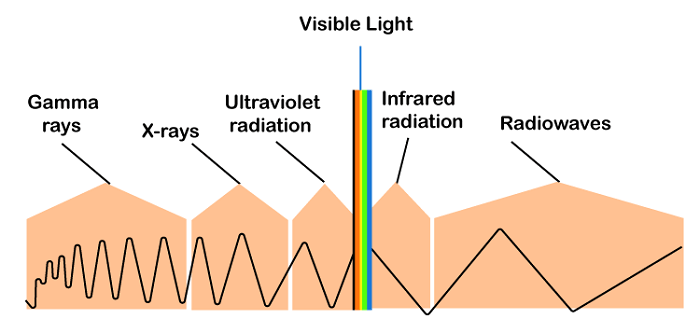
We can better understand the characteristics and behavior of waves and utilize their power for various uses by comprehending the idea of wavelength. Numerous applications of the wavelength idea exist in multiple branches of science and technology, and these are a few of the most significant applications: Optics The wavelength of light is a term used to define light color in optics. The human eye can discern wavelengths between 400 nanometres (violet) and 700 nanometres, corresponding to various light colors (red). Spectroscopy The study of the interplay between electromagnetic radiation and matter is known as spectroscopy. Scientists can determine a sample's molecular makeup by looking at the light wavelengths the sample absorbs or emits. Medical Imaging The interaction between electromagnetic radiation and the human body is the basis for medical imaging methods like X-ray, CT scan, and MRI. Different tissues can be imaged with high resolution and accuracy using various radiation wavelengths. Astronomy Various electromagnetic radiation frequencies are crucial in studying the cosmos. Astronomers can learn about the makeup, temperature, and motion of stars, planets, and other celestial objects by observing radiation from various sections of the spectrum. WaveformsWaves are disturbances that travel through a medium or space, and waveforms are graphic depictions of these disturbances. Several parameters, such as amplitude, frequency, period, wavelength, and phase, can be used to characterize waves. The characteristics of waves are frequently represented graphically by waveforms, which facilitates comprehension and behavior analysis. In science and industry, various waveform types are commonly employed. These include: 1. Sine Wave A sine wave is an oscillating waveform that is smooth and repetitive and oscillates between the maximum and the lowest value. Its magnitude, frequency, and phase serve as identifiers. 2. Square Wave A pattern with a sharp transition between two levels, usually high and low, is called a square wave. It is frequently employed in signal processing and digital technology. 3. Sawtooth Wave A sawtooth wave is a waveform that linearly increases from a minimum to a maximum value before suddenly decreasing to the minimum value. It is frequently employed in the creation of audio and songs. 4. Triangle Wave A triangle wave is a waveform that linearly increases from a minimum to a maximum value and then decreases from the highest to the minimum value. It is frequently employed in the creation of audio and songs. Function generators, oscilloscopes, and digital signal processors are examples of electronic devices and software tools that can be used to create and evaluate waveforms. Engineers and scientists can design and improve systems and devices by studying a signal's waveform to understand its characteristics, such as frequency, amplitude, and phase. Waveforms are beautiful and artistic and have more uses than just useful ones. They are frequently employed in electronic music, sound design, and visual and aural art. Artists and performers can produce various sounds and effects, from calming ambient textures to harsh and chaotic noise, by modifying and fusing multiple waveforms. In summary, waveforms are graphic depictions of waves used to see and understand their characteristics. Multiple waveforms, such as sine, square, sawtooth, and triangular, are frequently used in science and engineering. Engineers and scientists can build and improve systems and devices by understanding the characteristics of signals through waveform analysis. Waveforms are commonly used in electronic music and visual and aural art because they have aesthetic and artistic value. How to Calculate the WavelengthA wavelength is the distance between two successive wave-phase locations. Applications in optics, acoustics, and radio transmission are just a few of the science and engineering fields where wavelength measurement is crucial. 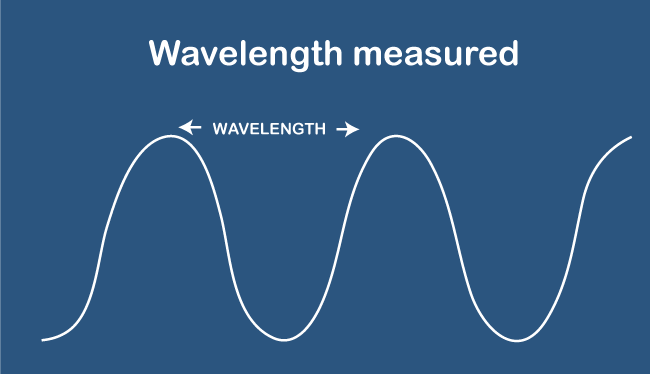
Various techniques exist for determining wavelength based on the kind of wave being measured and the equipment at hand. Among the most popular methods are:
Optical interferometry is a method for determining the wavelength of light pulses by using interference patterns. To do this, a light beam is split into two distinct beams and then combined again to form an interference pattern. The wavelength of the light can be calculated by observing the spacing between peaks in the interference pattern.
Diffraction gratings are surfaces with regular lines or grooves etched into them. A light beam diffracts into several spectral lines when it strikes a diffraction grating, each with a distinct frequency. The wavelength of the light can be calculated by observing the placement and distance of these spectral lines.
Acoustic resonance, which happens when sound waves bounce back and forth between two surfaces, can be used to determine wavelength in acoustics. The formula = c/f, where is the wavelength, c is the speed of sound, and f is the frequency of the sound waves, can be used to determine the wavelength by measuring the distance between the surfaces and the frequency of the sound waves.
Examining the frequency of a radio signal allows for the measurement of wavelength in radio contact. The signal's wavelength can be determined by applying the formula = c/f, where is the wavelength, c is the speed of light, and f is the frequency of the radio signal. Numerous other techniques for measuring wavelength exist depending on the application and available tools. Utilizing spectrometers, optical beams, and interferometers are a few of these methods. The distance between two successive locations on a wave in phase with one another is described by a physical property called wavelength. Applications in optics, acoustics, and radio transmission are just a few of the science and engineering fields where wavelength measurement is crucial. Depending on the particular application, there are a variety of techniques for measuring wavelength, including optical interferometry, diffraction gratings, acoustic resonance, radio frequency analysis, and many others. Wavelength MultiplexingIn optical fiber communications, wave division multiplexing (WDM) is a technique that boosts the capacity of fiber-optic networks. WDM combines optical signals with various wavelengths onto a single fiber to transmit multiple data channels concurrently. It is similar to how different radio stations can transmit on multiple frequencies without interfering with one another. WDM technology uses optical fiber's simultaneous data transmission with various light wavelengths (colors). Since each light wavelength conveys a distinct signal, multiple information channels can be transmitted over a single optical fiber. Lasers, which emit light at particular wavelengths, are frequently used as the light source in WDM devices. A multiplexer is then used to combine the various wavelengths into a single fiber by combining numerous optical signals. The signals are divided by a demultiplexer at the other end of the cable, which splits the signals according to their wavelength. 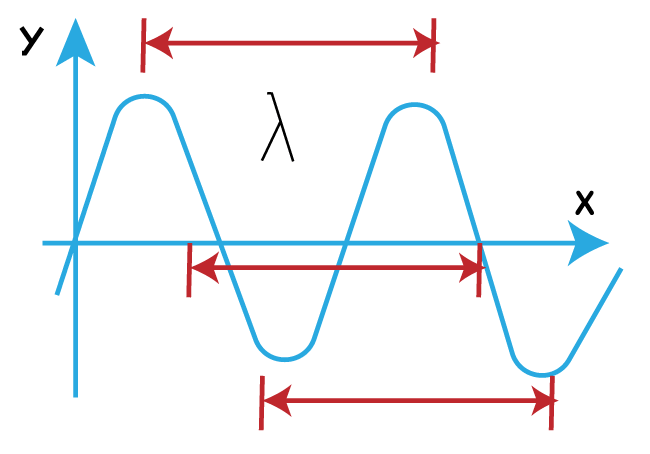
Coarse wavelength division multiplexing (CWDM) and dense wavelength division multiplexing are the two primary kinds of WDM systems (DWDM). While DWDM systems use wavelengths separated by 0.8 nanometres and can support up to 80 channels or more, CWDM systems usually use wavelengths spaced 20 nanometres apart. WDM technology is perfect for long-haul applications because it allows high-speed data transmission over greater distances. WDM reduces the need for additional fiber-optic cables by combining numerous signals onto a single fiber, improving the use of network resources. This may result in lower infrastructure expenses and more scalability for the network. By allowing high-speed data transmission and increasing the capacity of fiber-optic networks, WDM technology has completely transformed the telecommunications sector. WDM is used in various modern uses, such as high-speed data centers, video transmission, and internet backbones. WDM technology is anticipated to become more crucial as data demands rise to satisfy the need for high-speed data transmission. Wavelengths in Wireless NetworkIn wireless networks, wavelengths are very important because they control the characteristics of electromagnetic pulses that transmit data between wireless devices. Radio waves, which have longer wavelengths than visible light but shorter wavelengths than microwaves, are typically used in cellular networks. The frequency of the radio waves being relayed determines the precise wavelength that a wireless network uses. 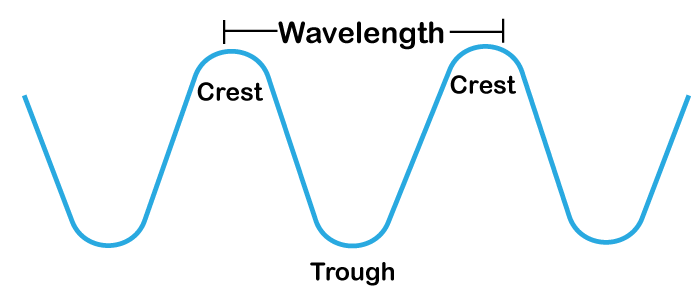
The quantity of data transmitted over a wireless network and the signal's range depend on the frequency of the radio waves. The waves have a shorter range but can transport more data because higher frequencies are correlated with shorter wavelengths. Lower frequencies can travel further but transport less data because they have longer wavelengths. In general, radio frequency (RF) frequencies, which span from 3 kHz to 300 GHz, are used by wireless networks. Different frequency bands are set aside within this spectrum for military, civil, and commercial uses. The following frequencies are most frequently used in wireless networks: 1. 2.4 GHz Frequency The 2.4 GHz frequency is frequently utilized by Bluetooth and Wi-Fi networks. Although it has a greater range than higher frequency bands, microwave appliances and other wireless devices may cause interference. 2. 5 GHz Frequency The 5 GHz frequency is less congested than the 2.4 GHz band and is also used for Wi-Fi networks. Although it's a shorter range, it can transport more data and is less prone to interference. 3. 900 MHz Frequency The 900 MHz band has a greater range than the 2.4 and 5 GHz frequencies and is utilized by some wireless sensor networks. However, it has a lower data capacity and more disturbance prone. 4. 60 GHz Frequency WiGig and WirelessHD use this channel for high-speed wireless data transfer. Despite having a very small range, it has a large storage capacity. ConclusionThe distance between two successive points on a wave in phase with one another is described by the basic concept of wavelength in the study of waves. Wavelength is a key factor that governs the behavior and characteristics of waves and is negatively proportional to frequency.
Next TopicWWW definition
|
 For Videos Join Our Youtube Channel: Join Now
For Videos Join Our Youtube Channel: Join Now
Feedback
- Send your Feedback to [email protected]
Help Others, Please Share










